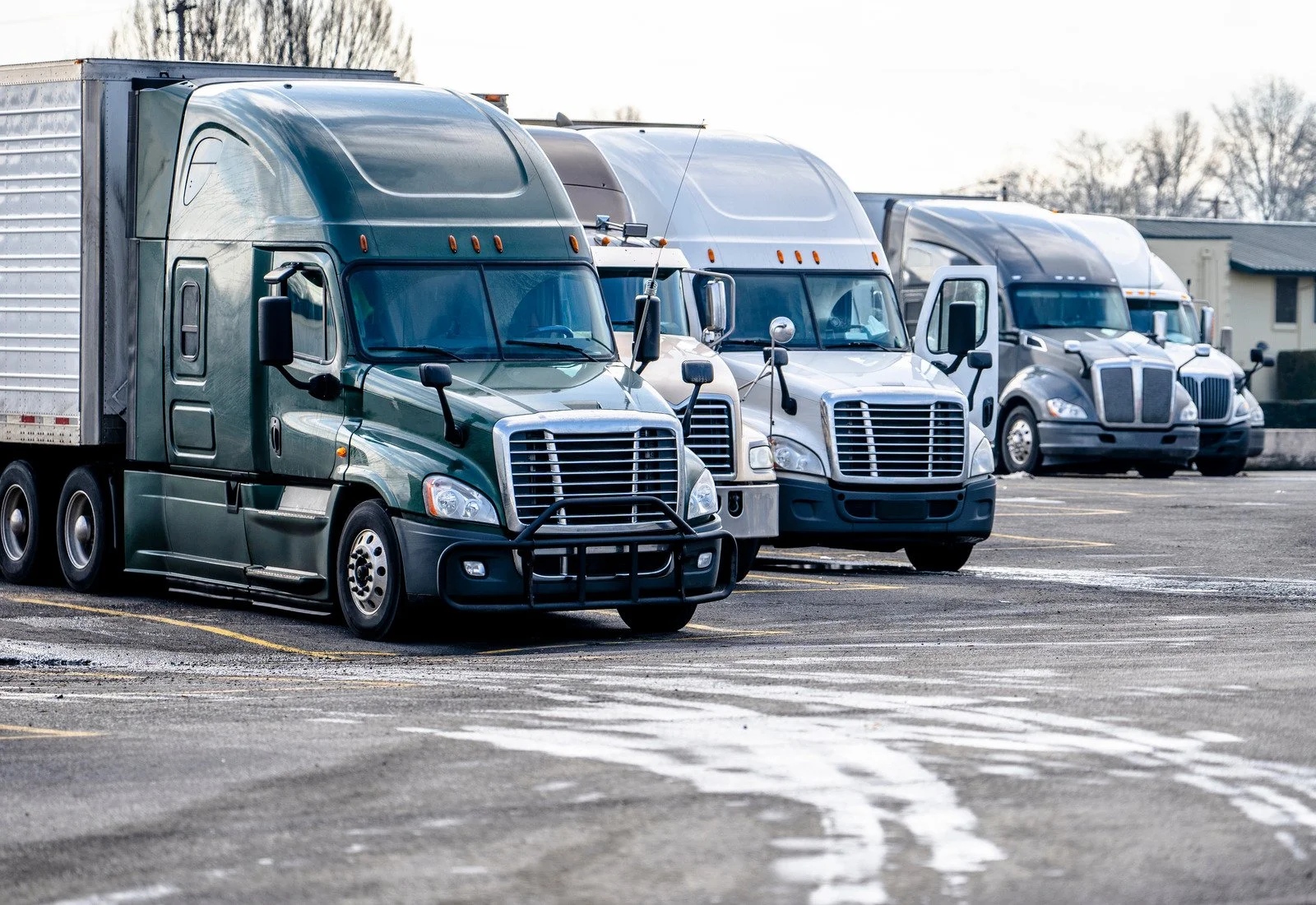General Information
Form 2290 is a tax document for heavy weight motor vehicles that must be filed annually by August 31*.
Expedite your request to have it completed the following business day.
Anyone who owns or operates a vehicle with a taxable gross weight of 55,000 pounds or more must complete this documentation. The filing is required for all vehicles that meet any of the following criteria:
Motorists who travel less than 5,000 miles a year or farmers who travel less than 7,500 miles a year are exempt.
If you are exempt, you do not need to pay the 2290 tax, but you must still file the application with the IRS.
*This applies to all vehicles in service by July 1 of that year.
Failure to register your Form 2290 by the deadline will result in IRS imposing a penalty equal to 4.5% of the total tax amount due.
The penalty for failing to pay will increase monthly for up to five months.
Click here to file your 2290 today

HOW TO FILE FORM 2290
The quickest and easiest way to comply with 2290 Heavy Use Tax (HUT) mandate is through an online application: 2290 Online Application
If you prefer to speak to a processing officer or file by phone call 240-544-0883 for the Heavy Use Tax Division, Monday through Friday 9AM-5PM CST.
REQUIRED INFORMATION
When filling out your information be prepared with the following:

SCHEDULE 1
The 2290 filing confirmation comes in the form of a Schedule 1, which serves as a confirmation that your Heavy Highway Use Tax filing has been completed.
After receiving the Schedule 1, the filing requirement is fulfilled, although, the IRS won’t withdraw the tax amount due from your bank account until after July 1.

The Schedule 1 form is required to be presented while renewing the annual vehicle registration.
LOGGING VS NON LOGGING
The amount of tax due to the IRS is determined solely by the weight of the vehicle.

Validation
Confirmation
Record Retention
Stop overpaying for these services
Same-Day Processing
Electronic Confirmation
Hard-Copy Confirmation
Answers to your 2290 questions
HVUT (Heavy Highway Vehicle Use Tax) is a federal tax collected by the IRS on vehicles with a taxable gross weight of 55,000 pounds or more that operate on public highways nationwide. It is reported annually using Form 2290 and supports the Federal Highway Trust Fund.
HUT (Highway Use Tax) is a state-level tax imposed by certain states like New York, Kentucky, and Oregon. It typically applies to vehicles over a specific weight threshold operating within that state, and is often based on miles traveled or weight-distance.
In short: HVUT = Federal (nationwide) tax filed
with the IRS.
HUT = State-specific tax, filed with
individual state departments.
If your vehicle is sold, stolen, or destroyed during the tax period, you may be eligible for a partial tax credit or refund for the months the vehicle was no longer in service.
Here’s what to do: File Form 2290 as usual. Later, file Form 8849 Schedule 6 to claim a credit for the unused portion of the tax. Keep documentation showing the date of sale, theft report, or proof of loss. Only the person who paid the tax can claim the credit or refund.
You still only file one HVUT return with the IRS. HVUT is a federal regulation, so it doesn’t matter how many states you operate in.
However, you may also need to comply with individual state-level taxes (like New York HUT or Oregon Weight-Mile Tax), depending on where your truck travels. Operating in multiple states doesn’t affect your HVUT filing, but check state-specific requirements separately. Call 866-866-0217 for state-specific information.
IRS Schedule 1 is the official proof that you have paid your Heavy Highway Vehicle Use Tax (HVUT) for the current tax year. When you file Form 2290 and the IRS accepts your return, they will send back a stamped Schedule 1 (either digitally stamped if e-filed, or physically stamped if paper filed).
You need Schedule 1 to:
Without a stamped Schedule 1, your state will not allow you to register a taxable heavy vehicle.
If you purchase a truck that meets the Heavy Vehicle Use Tax requirements (55,000 lbs or more taxable gross weight), you must file Form 2290 by the last day of the month following the month you first put it on the road.
Example: If you first use the truck in March, your Form 2290 and payment are due by April 30. Filing mid-year is called “prorated filing” meaning you only pay for the months the truck will be in service during the current tax period.

If you operate any vehicles which cross state lines, your company is subject to the Unified Carrier Registration requirement and must register the 2026 UCR.
The deadline to register falls annually on December 31 .
2026 UCR REGISTRATION
is a fully licensed and certified business committed to providing reliable and professional services for their customers.
©2025 FEDERAL APPLICATIONS PROCESSOR